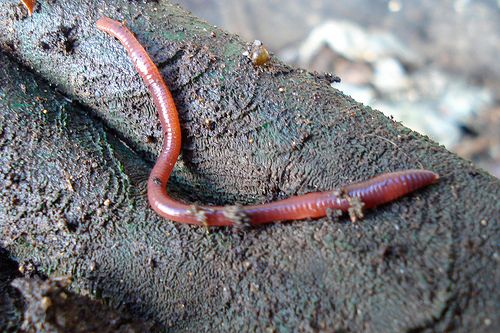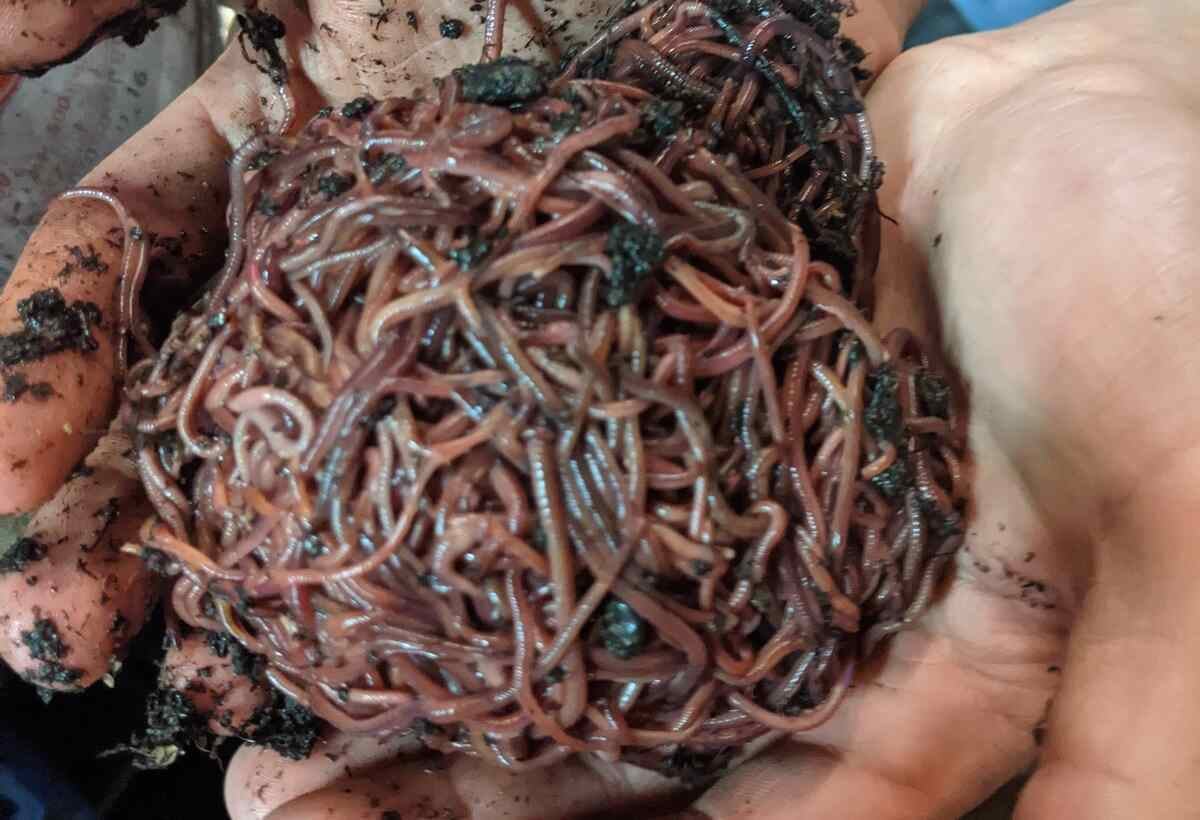The Secret to Lush Lawns Starts with Red Wiggler Express Yard Care Solutions
The Secret to Lush Lawns Starts with Red Wiggler Express Yard Care Solutions
Blog Article
Red Wigglers: The Unsung Heroes of Organic Waste Recycling
Red wigglers, or Eisenia fetida, offer as crucial agents in the natural waste recycling process, changing thrown out products into useful vermicompost. As the world progressively seeks options to battle waste accumulation and boost agricultural productivity, comprehending the function of these worms becomes essential.
What Are Red Wigglers?
The remarkable durability of red wigglers, clinically understood as Eisenia fetida, highlights their essential function in organic waste recycling. These little, reddish-brown earthworms are generally located in decomposing raw material, such as compost heap and manure stacks. Lake Hickory Bait. Unlike other earthworm varieties, red wigglers thrive in nutrient-rich settings and are extremely reliable at breaking down natural materials, making them vital for vermicomposting

(Red Wiggler Express)Along with their function in waste reduction, red wigglers contribute to soil health by enhancing dirt framework and aeration via their burrowing activities (Lake Hickory Bait). Their presence in composting systems not only enhances disintegration rates yet additionally promotes a sustainable technique to throw away administration, illustrating their value in ecological preservation efforts
Advantages of Composting With Worms
Composting with worms, especially red wigglers, provides countless benefits that enhance both waste management and soil health. These worms efficiently damage down natural waste, transforming it right into nutrient-rich vermicompost that improves dirt. This procedure increases disintegration, enabling a quicker recycling of cooking area scraps and other organic materials compared to traditional composting approaches.
Furthermore, the vermicompost produced by red wigglers is brimming with useful microbes, which aid enhance soil framework, aeration, and dampness retention. This improves the general health of plants, advertising vigorous development and raised yields in yards and agricultural setups. The use of worms in composting minimizes the manufacturing of greenhouse gases, such as methane, adding to a much more lasting waste monitoring system.

How to Begin Vermicomposting
Establishing a vermicomposting system is an uncomplicated procedure that can yield considerable benefits for both waste management and soil enrichment. To begin, choose a suitable container, such as a plastic bin or wood box, with sufficient ventilation openings to guarantee correct air movement. The dimensions should ideally be around 2 feet by 3 feet, enabling enough room for the worms to flourish.
Following, prepare bedding product, which can include shredded newspaper, cardboard, or coconut coir. This bedding ought to be moistened to produce an ideal habitat for the worms. When the bed linens remains in location, introduce red wigglers (Eisenia fetida) into the bin, generally around one pound of worms for every single square foot of surface.
Complying with the placement of worms, add organic waste, such as fruit and veggie scraps, coffee premises, and smashed eggshells. With these actions, you will properly initiate a vermicomposting system that contributes to lasting waste administration and improves your dirt.
Preserving a Healthy Worm Container
(Red Wiggler Express)Maintaining a worm container flourishing calls for regular focus and care to guarantee the health and wellness of the red wigglers and the performance of the composting procedure. Appropriate upkeep starts with keeping track of the dampness levels; the container ought to perspire yet not soaked. A good general rule is to keep a consistency comparable to a wrung-out sponge.
Oygenation is essential. Carefully mixing the bed linen and food scraps every couple of weeks stops compaction and makes certain that all worms have access to oxygen. In addition, it is essential to feed the worms properly. A well balanced diet regimen of fruit and veggie scraps, coffee premises, and smashed eggshells must be supplied in moderation to stay clear of overfeeding, which can result in smells and parasites.
Temperature level policy is an additional vital aspect. Red wigglers grow in a range of 55 to 77 levels Fahrenheit. If the bin becomes too hot or cool, the worms might end up being worried - Lake Hickory Bait. Regularly inspect for indications of health and wellness, such as worm populace click here for info development and the presence of healthy castings. By vigilantly handling these variables, one can preserve a robust and efficient worm container.
Influence On Lasting Living
The successful upkeep of a worm container not just benefits the wellness of red wigglers yet likewise adds substantially to sustainable living methods. By recycling natural waste, such as kitchen scraps and yard debris, red wigglers aid draw away considerable amounts of material from garbage dumps. This reduction in waste not only reduces greenhouse gas exhausts yet additionally minimizes the environmental worry related to waste administration.
In addition, the castings generated by red wigglers act as a nutrient-rich organic fertilizer, enhancing soil health and advertising plant development. This natural choice to chemical fertilizers sustains sustainable agriculture and horticulture techniques, reducing dependence on synthetic inputs that can hurt environments. Furthermore, worm composting fosters awareness of waste administration, motivating individuals and areas to adopt even more lasting practices.

Verdict
In recap, red wigglers offer as crucial factors to organic waste recycling via their reliable decomposition of natural materials. By incorporating vermicomposting into waste monitoring strategies, people and areas can substantially minimize waste while promoting ecological sustainability.
Report this page